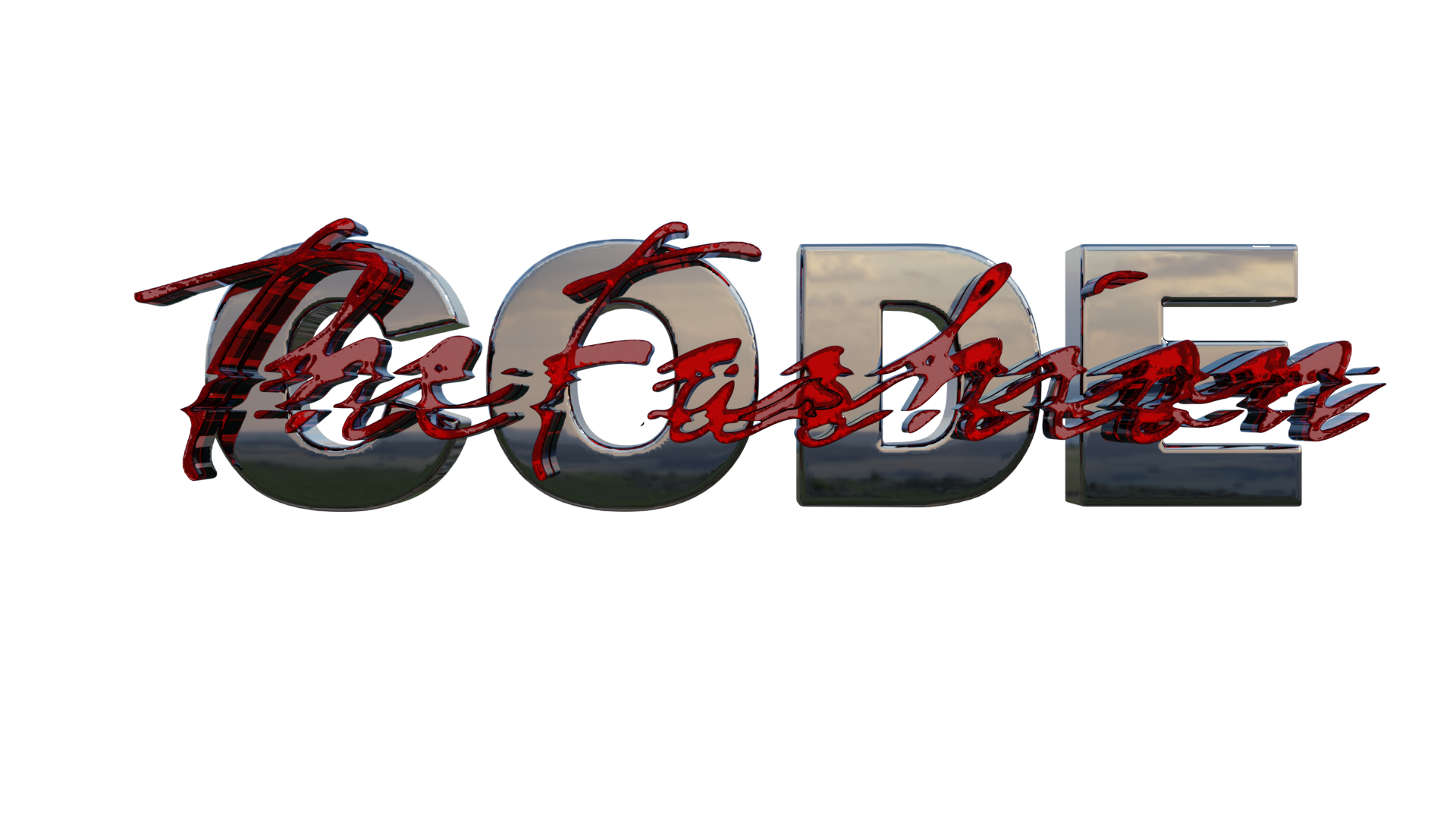
glam vs. gorp(core)

February 2023
In recent years, the fashion industry has experienced significant changes, especially in the wake of the ongoing pandemic and the looming threat of a recession. While some businesses were struggling due to lockdowns, others took advantage of the situation to experiment with their style and express themselves in a unique way. The result was the emergence of a new fashion era, dubbed “Recession Core.”
During 2020-2021, as people were stuck at home, many micro-trends blossomed, and freedom of expression was encouraged. This gave fashion experts a lot to observe and determine what trends should be pushed. Despite overconsumption continually being encouraged, the praise of glam and opulence did not die down, and those with access to wealth took the opportunity to show off their extravagant lifestyle. This raised questions about the potential return of the McBling era, aligning with the trend cycle of the McBling era before the 2008 recession. At the same time, the emergence of eccentric styles raised questions about the potential return of the indie sleaze era.
Fashion has always been influenced by the state of the world around it, and as the country faced a possible recession, stylists and big brands began to adapt accordingly. TikTok fashion commentators, such as @ufodelany, observed the changes celebrities and influencers were making to their appearances, such as red carpet events. The influence went from wearing million-dollar sponsored jewelry to wearing practically nothing, giving consumers nothing to obsess over.
Some believe that celebrities changed their style to appear more relatable and in tune with the commoners. Jeff Bezos’ famous quote “Save your money!” may have influenced this shift, and celebrities literally listened. However, this change could be deeper than just trying to appear relatable while still wearing a $20,000 dress. The fashion industry switched from a maximalist appearance to a minimalist look, as seen in the most recent fashion shows. This shift shows the industry conforming to the economy, in order to avoid a drop in sales.
While the economy is thriving, the fashion industry has the freedom to express, but when the economy is not doing well, the industry must adapt. This raises the question of whether micro-influencers will conform to the trend of toning it down or stick to their purpose. Will the state of the economy benefit the purpose of digital fashion creators, or will it cause them to pivot in their approach? Only time will tell how the fashion industry will continue to evolve in the face of a changing economy.